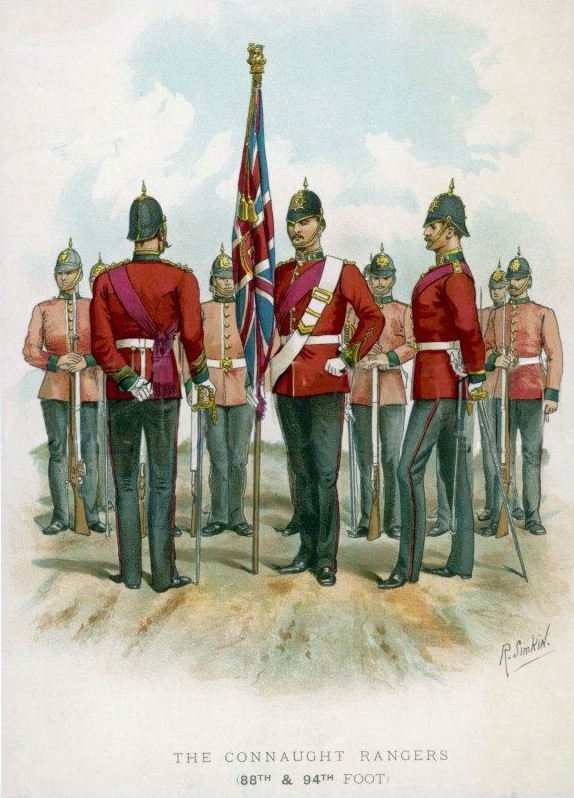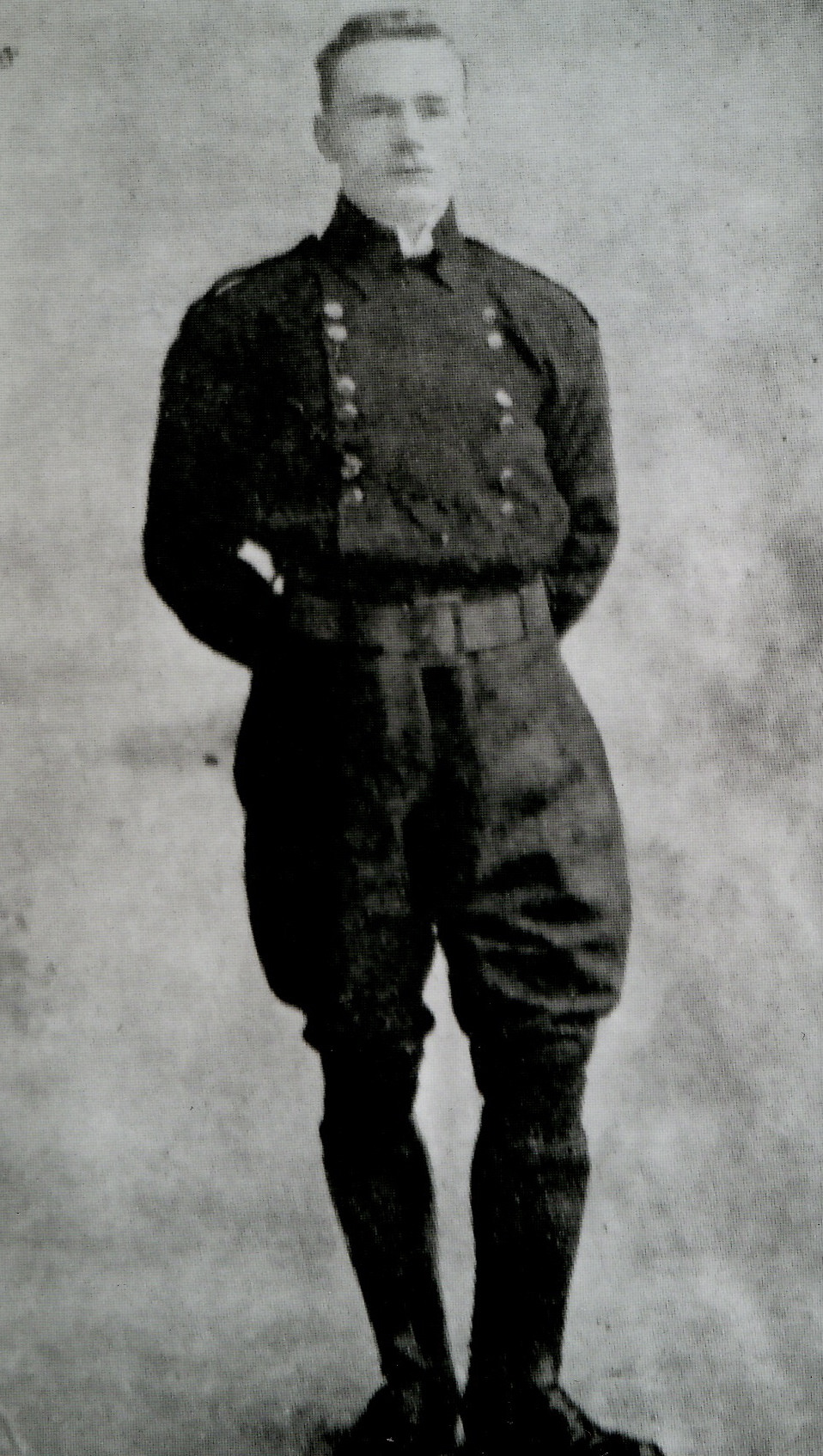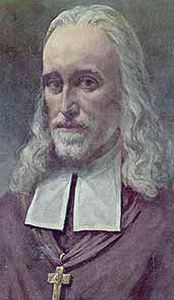|
Renmore
Renmore () is a suburb of Galway City, Ireland, situated approximately 2 km to the east of the city. Renmore runs east along the coast and south of Dublin Road, from the shore of Lough Atalia on its west side to Lurgan Park on its east. The area houses approximately 5,000 people and includes Ballyloughane beach, which also has camping facilities. Amenities Lough Atalia lies between Renmore and the city, which can be crossed using the public path beside the railway line (widely known as 'the line'). St Oliver Plunkett Church is located beside the local national (primary) school. The primary school in Renmore is known as ''Scoil Chaitriona'', and there is also an all-Irish gaelscoil named ''Gaelscoil Dara''. Galway-Mayo Institute of Technology is one of the larger employers in the area. Renmore is also home to Dún Uí Mhaoilíosa (meaning "Mellow's Fort" and named for Liam Mellows), a base of the Irish Army's Southern Brigade. The barracks, also officially and commonly k ... [...More Info...] [...Related Items...] OR: [Wikipedia] [Google] [Baidu] |
Renmore Barracks
Renmore Barracks ( ga, Dún Uí Mhaoilíosa) is a military installation in Renmore, Ireland History The barracks were built by Colleran Brothers, a Dublin-based contractor, and completed in 1881. Their creation took place as part of the Cardwell Reforms which encouraged the localisation of British military forces. The barracks became the depot for the 87th (Royal Irish Fusiliers) Regiment of Foot and the 88th Regiment of Foot (Connaught Rangers). Following the Childers Reforms, the 88th Regiment of Foot (Connaught Rangers) and 94th Regiment of Foot amalgamated to form the Connaught Rangers with its depot in the barracks in 1881. The Connaught Rangers was disbanded at the time of Irish Independence in 1922. The barracks were taken over by the Irish Army at that time and then renamed Dún Uí Mhaoilíosa after Liam Mellows, an Irish Republican, in 1952. The barracks are now home to the 1st Infantry Battalion. Dún Uí Mhaoilíosa Museum Renmore Barracks features a museum that ... [...More Info...] [...Related Items...] OR: [Wikipedia] [Google] [Baidu] |
Connaught Rangers
The Connaught Rangers ("The Devil's Own") was an Irish line infantry regiment of the British Army formed by the amalgamation of the 88th Regiment of Foot (Connaught Rangers) (which formed the ''1st Battalion'') and the 94th Regiment of Foot (which formed the ''2nd Battalion'') in July 1881. Between the time of its formation and Irish independence, it was one of eight Irish regiments raised largely in Ireland. Its home depot was in Galway.Harris, Appendix II, pp. 216–217: Table listing the eight Irish Regiments of the British Army July 1914, their Depots, Reserve Bns., and local Militia.: Royal Irish Regiment Depot Clonmel, Royal Inniskilling Fusiliers Depot Omagh, Royal Irish Rifles Depot Belfast, Royal Irish Fusiliers (Princess Victoria's) Depot Armagh, Connaught Rangers Depot Galway, Leinster Regiment Depot Birr, Royal Munster Fusiliers Depot Tralee, Royal Dublin Fusiliers Depot Naas. It was disbanded following the establishment of the independent Irish Free State in 1922, a ... [...More Info...] [...Related Items...] OR: [Wikipedia] [Google] [Baidu] |
List Of Towns And Villages In The Republic Of Ireland
This is a link page for cities, towns and villages in the Republic of Ireland, including townships or urban centres in Dublin, Cork, Limerick, Galway, Waterford and other major urban areas. Cities are shown in bold; see City status in Ireland for an independent list. __NOTOC__ A B C D E F G H I J K L M N O P Q R S T U V W Y See also *List of places in Ireland ** List of places in the Republic of Ireland **: List of cities, boroughs and towns in the Republic of Ireland, with municipal councils and legally defined boundaries. **: List of census towns in the Republic of Ireland as defined by the Central Statistics Office, sorted by county. Includes non-municipal towns and suburbs outside municipal boundaries. ** List of towns in the Republic of Ireland by population **: List of towns in the Republic of Ireland/2002 Census Records **: List of towns in the Republic of Ireland/2006 Censu ... [...More Info...] [...Related Items...] OR: [Wikipedia] [Google] [Baidu] |
Liam Mellows
William Joseph Mellows ( ga, Liam Ó Maoilíosa, 25 May 1892 – 8 December 1922) was an Irish republican and Sinn Féin politician. Born in England to an English father and Irish mother, he grew up in Ashton-under-Lyne before moving to Ireland, being raised in Cork, Dublin and his mother's native Wexford. He was active with the Irish Republican Brotherhood and Irish Volunteers, and participated in the Easter Rising in County Galway and the War of Independence. Elected as a TD to the First Dáil, he rejected the Anglo-Irish Treaty. During the Irish Civil War Mellows was captured by Pro-Treaty forces after the surrender of the Four Courts in June 1922. On 8 December 1922 he was one of four senior IRA men executed by the Provisional Government. Early life Mellows was born at the Hartshead Military Barracks in Ashton-under-Lyne on 25 May 1892, the son of William Joseph Mellows, an English man who worked as an NCO in the British Army, and Sarah Jordan, an Irish woman from Inch, Co ... [...More Info...] [...Related Items...] OR: [Wikipedia] [Google] [Baidu] |
Oliver Plunkett
Oliver Plunkett (or Oliver Plunket) ( ga, Oilibhéar Pluincéid), (1 November 1625 – 1 July 1681) was the Catholic Archbishop of Armagh and Primate of All Ireland who was the last victim of the Popish Plot. He was beatified in 1920 and canonised in 1975, thus becoming the first new Irish saint in almost seven hundred years. Biography Oliver Plunkett was born on 1 November 1625 (earlier biographers gave his date of birth as 1 November 1629, but 1625 has been the consensus since the 1930s) in Loughcrew, County Meath, Ireland, to well-to-do parents with Hiberno-Norman ancestors. A grandson of James Plunket, 8th Baron Killeen (died 1595), he was related by birth to a number of landed families, such as the recently ennobled Earls of Roscommon, as well as the long-established Earls of Fingall, Lords Louth, and Lords Dunsany. Until his sixteenth year, the boy's education was entrusted to his cousin Patrick Plunkett, Abbot of St Mary's, Dublin and brother of Luke Plunkett, th ... [...More Info...] [...Related Items...] OR: [Wikipedia] [Google] [Baidu] |
Galway - Bon Secours Hospital - Geograph
Galway ( ; ga, Gaillimh, ) is a city in the West of Ireland, in the province of Connacht, which is the county town of County Galway. It lies on the River Corrib between Lough Corrib and Galway Bay, and is the sixth most populous city on the island of Ireland and the fourth most populous in the Republic of Ireland, with a population at the 2022 census of 83,456. Located near an earlier settlement, Galway grew around a fortification built by the King of Connacht in 1124. A municipal charter in 1484 allowed citizens of the by then walled city to form a council and mayoralty. Controlled largely by a group of merchant families, the Tribes of Galway, the city grew into a trading port. Following a period of decline, as of the 21st century, Galway is a tourist destination known for festivals and events including the Galway Arts Festival. In 2018, Galway was named the European Region of Gastronomy. The city was the European Capital of Culture for 2020, alongside Rijeka, C ... [...More Info...] [...Related Items...] OR: [Wikipedia] [Google] [Baidu] |
Bon Secours Hospital, Galway
The Bon Secours Hospital, Galway is a private hospital in County Galway, Ireland. The hospital is part of Bon Secours Mercy Health. This includes sister hospitals in Cork, Dublin, Limerick and Tralee. The hospital sees over 18,000 patients per annum, comprising 6,000 in-patients and 12,000 day-cases. History Bon Secours Hospital Galway was built in 1954 and was known then as Calvary Hospital. It was owned and managed by the Sisters of the Little Company of Mary until 1985. Following a short closure, the hospital reopened as Galvia Private Hospital in 1986. In 1998, Galvia Private Hospital was purchased by the Bon Secours Health System. Services The hospital had major expansions in 2006 and 2009–2011, and has 120 beds, including 22 day case beds, and provides 4 operating theatres. Services provided include cardiology, clinical neurophysiology Neurophysiology is a branch of physiology and neuroscience that studies nervous system function rather than nervous system architecture. ... [...More Info...] [...Related Items...] OR: [Wikipedia] [Google] [Baidu] |
Galway City
Galway ( ; ga, Gaillimh, ) is a city in the West of Ireland, in the province of Connacht, which is the county town of County Galway. It lies on the River Corrib between Lough Corrib and Galway Bay, and is the sixth most populous city on the island of Ireland and the fourth most populous in the Republic of Ireland, with a population at the 2022 census of 83,456. Located near an earlier settlement, Galway grew around a fortification built by the King of Connacht in 1124. A municipal charter in 1484 allowed citizens of the by then walled city to form a council and mayoralty. Controlled largely by a group of merchant families, the Tribes of Galway, the city grew into a trading port. Following a period of decline, as of the 21st century, Galway is a tourist destination known for festivals and events including the Galway Arts Festival. In 2018, Galway was named the European Region of Gastronomy. The city was the European Capital of Culture for 2020, alongside Rijeka, Cro ... [...More Info...] [...Related Items...] OR: [Wikipedia] [Google] [Baidu] |
Lough Atalia
''Loch'' () is the Scottish Gaelic, Scots and Irish word for a lake or sea inlet. It is cognate with the Manx lough, Cornish logh, and one of the Welsh words for lake, llwch. In English English and Hiberno-English, the anglicised spelling lough is commonly found in place names; in Lowland Scots and Scottish English, the spelling "loch" is always used. Many loughs are connected to stories of lake-bursts, signifying their mythical origin. Sea-inlet lochs are often called sea lochs or sea loughs. Some such bodies of water could also be called firths, fjords, estuaries, straits or bays. Background This name for a body of water is Insular CelticThe current form has currency in the following languages: Scottish Gaelic, Irish, Manx, and has been borrowed into Lowland Scots, Scottish English, Irish English and Standard English. in origin and is applied to most lakes in Scotland and to many sea inlets in the west and north of Scotland. The word comes from Proto-Indo-European ... [...More Info...] [...Related Items...] OR: [Wikipedia] [Google] [Baidu] |






